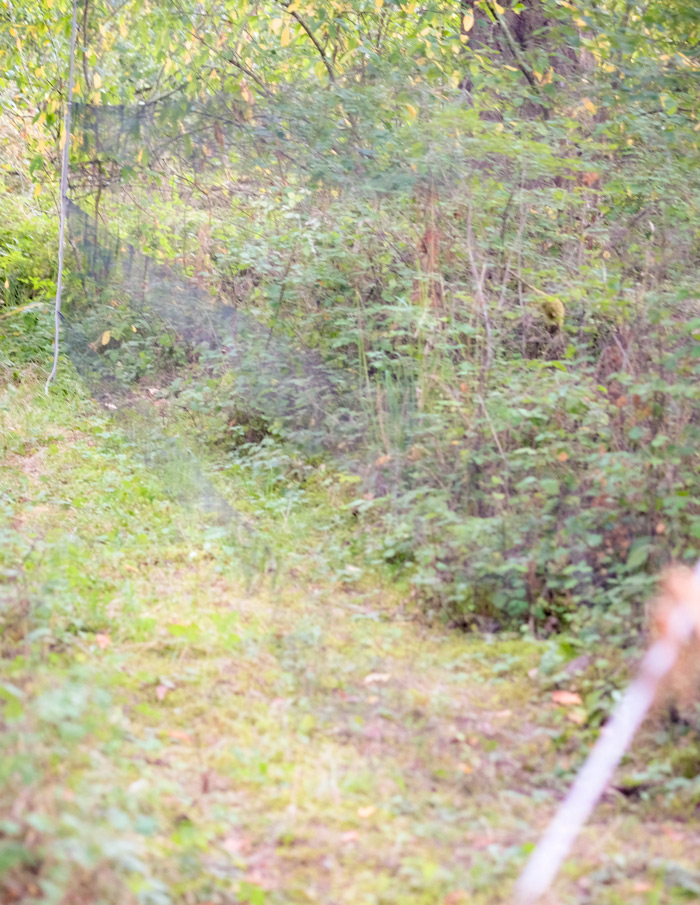Ruffled Feathers
Feb 6, 2017
 Blowing on a bird's belly–in this case, a common yellowthroat warbler–can reveal a lot of useful information.
Blowing on a bird's belly–in this case, a common yellowthroat warbler–can reveal a lot of useful information.
For example: Is she currently setting on a nestful of eggs? If so, then blowing back the feathers around her belly will reveal a patch of unfeathered skin. This is the brood patch; when mama bird settles down on the nest, her warm belly skin is in direct contact with the eggs, incubating them. Soon after they hatch, her brood patch will disappear.
And while you've got a bird in hand, you might as well spread out the wing feathers, as seen below on a spotted towhee, to learn the bird's age and get an idea of how many miles it's clocked:
More than two million times since 1989, through an ongoing program known as MAPS, scientists and volunteers at thousands of stations across Canada and the U.S. have captured wild birds, identified them by species, blown on their bellies and spread out their feathers and noted dozens of critical characteristics related to age and health, and then fixed tiny numbered bands around skinny little bird ankles and let them fly free.
The bird below is being fitted for its new ankle band:
Very early one morning last July, these birds and more than 50 others were trapped for banding at Morse Wildlife Preserve, near the headwaters of the north fork of Muck Creek, south of Tacoma, Washington. Three of the birds had been banded previously, and another three were banded that morning and then recaptured the same day.
Before dawn, the banding crew set up fine-mesh nets, known as mist nets, in a dozen clearings in the spruce forest and overgrown farmland at the preserve.
Banders checked the nets every fifteen minutes until about noon, and almost always, they found little birds snarled in the mesh. Very young birds may try to squirm their way out, but all the others hang immobile in the net, apparently in shock. We're told that the shock can be fatal, so banders try to un-net the birds gently but quickly; risk is greatest early in the morning, before the day has warmed up, when some birds may require warming under the banders' shirts. But such problems are exceedingly rare, and almost all the birds are released unharmed.
No one is allowed to touch these birds until completing comprehensive training in bird identification, handling, measurements, and other data-gathering, An early lesson involves the proper way to hold a captured bird, such as this common yellowthroat:
Over the years, bird banding for the MAPS program–Monitoring Avian Productivity and Survivorship–has vastly improved our knowledge of bird migration patterns and has begun to focus on the links between bird populations and climate change. Banding teams return to each station every few days throughout the summer breeding season; the Morse preserve has participated in MAPS for almost twenty years.
Some MAPS banding is now high-tech, using miniaturized GPS transmitters that are now so small they can be attached to the legs of birds who weigh as little as 3 ounces, such as robins. Some MAPS stations now collect feathers for DNA sequencing. But the Morse program is old-school; the bands are tiny numbered strips of aluminum, and all the data associated with each band number–species, sex, age, body fat, condition of wing feathers, etc., etc., etc.–is entered by hand into logsheets on clipboards.
Although a bird in hand is a whole lot easier to identify than one on the wing or in a distant bush, the banding worktable was loaded with books and notebooks full of reference materials. For identification of birdsong, the banders had apps on their phones.
Not all species were bandable; hummingbirds, for example, were logged in and then released unbanded. We were told that teensy little hummingbird bands do exist, but handling them requires special certication. Two hummingbirds were caught that morning at Morse:
This freshly banded junco posed for a picture before flying off to get on with its life:





